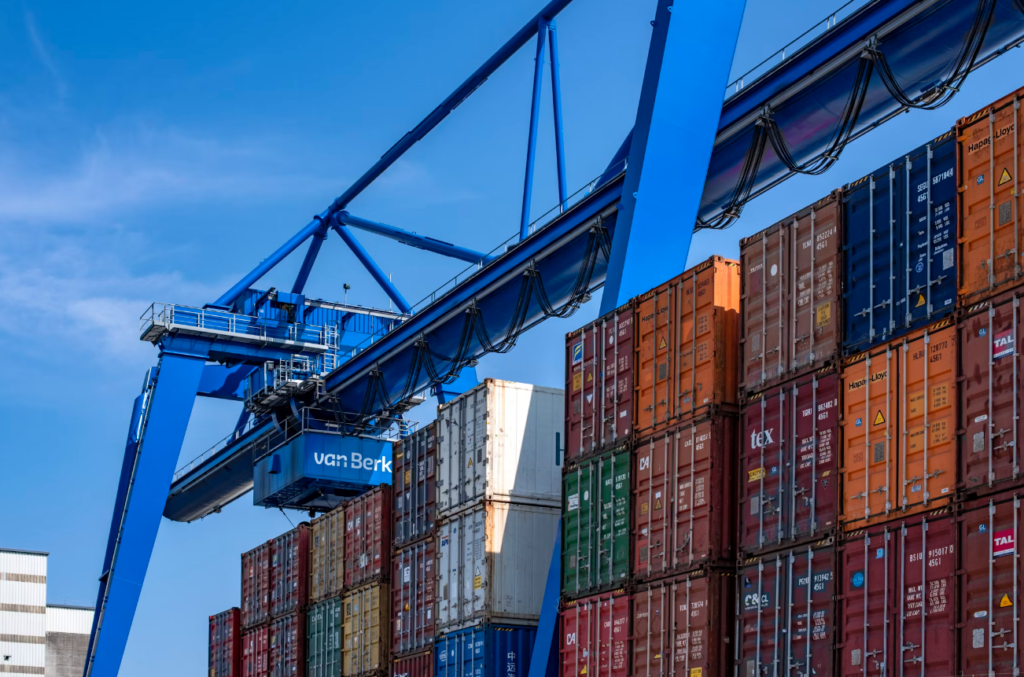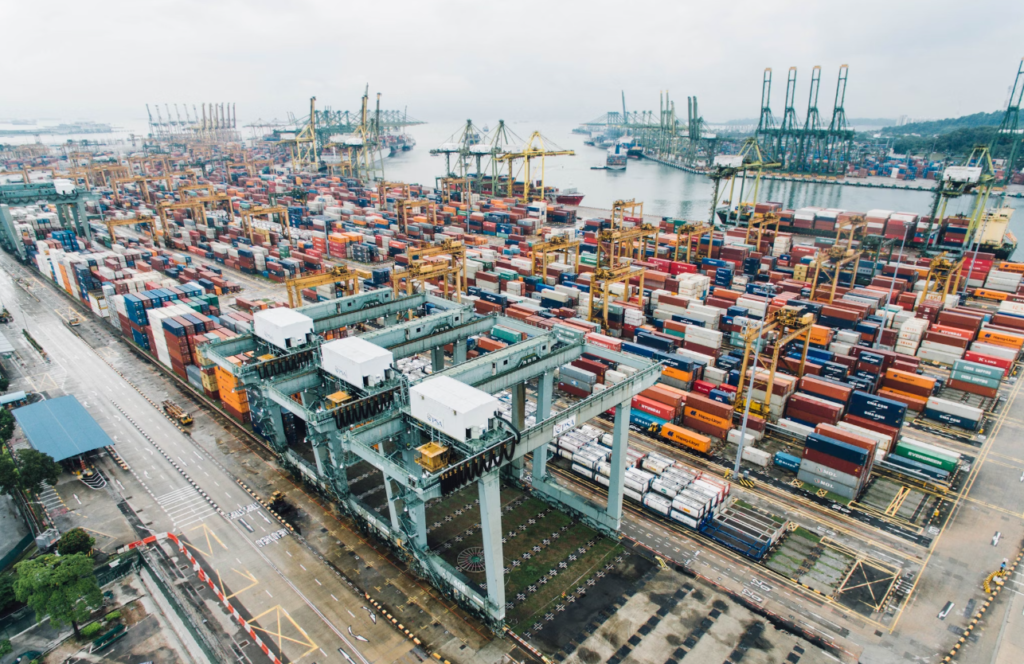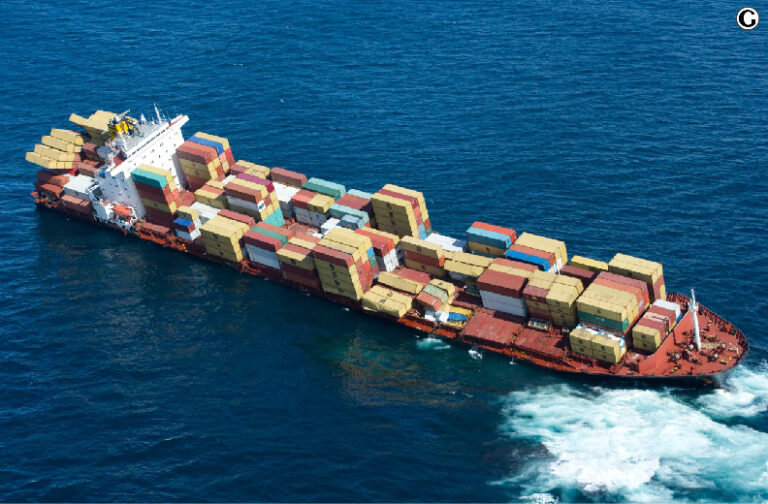When it comes to moving items by car, ensuring safety and efficiency is paramount. Whether it’s a short trip across town or a long-distance journey, how you pack, secure, and organize your cargo plays a crucial role in the success of the transport. Rena monrovia when you transport something by car …, an expert in logistics and transportation, shares invaluable tips and strategies that help make the transportation process smooth and worry-free. In this article, we will explore her best practices, from choosing the right containers to securing your load and ensuring road safety.
Importance of Proper Storage Containers
Selecting the right storage containers is the foundation of any successful transportation endeavor. Rena Monrovia emphasizes that sturdy, lockable, and spacious containers are essential for protecting your items during transit. Opting for high-quality storage containers ensures your belongings are safe from damage and loss, especially during longer trips.

When you transport something by car, it’s important to choose containers that not only fit your items snugly but also provide a secure structure to prevent shifting. Lockable containers help keep fragile or valuable items safe from unexpected movements or external conditions. For delicate items, using plastic bins with lids or reinforced cardboard boxes can be highly effective.
Securing Your Cargo
Once you’ve chosen the appropriate storage containers, the next critical step is to secure your cargo. According to Rena Monrovia, this involves using a reliable tie-down system to prevent items from shifting during the drive. When you transport something by car, even minor shifts in cargo can lead to significant risks, both for your belongings and for your safety on the road.
Monrovia recommends using bungee cords, straps, or cargo nets to hold everything in place. These tools are essential for minimizing the risk of your items moving or sliding during the trip. “A well-secured load not only protects your items but also prevents distractions or accidents while driving,” she says.
Preventing Damage with Protective Coverings
In addition to securing your cargo, Rena Monrovia stresses the importance of protecting your items from potential damage. She recommends using protective coverings, such as tarps or blankets, to shield items from scratches, dents, or other harm during transport.
When transporting larger, more delicate goods like furniture or electronics, padding plays an essential role. When you transport something by car, placing soft materials like blankets between fragile items helps absorb shocks and prevent damage from sudden stops or bumps on the road.
Organizing Your Load: Maximizing Space and Efficiency
Efficiently organizing your load is key to optimizing space and ensuring a smooth transport process. Rena Monrovia advises carefully arranging items within your car, making use of every available inch of space while still ensuring easy access to essential items. The key is to prioritize organization, as it not only maximizes capacity but also minimizes the risk of damage from overcrowding or uneven weight distribution.
When you transport something by car, placing heavier items on the bottom and lighter, more fragile ones on top creates a solid base that prevents any shifting. Monrovia also suggests keeping small, frequently needed items in accessible places so that you won’t have to unpack everything during rest stops or at your destination.
Balancing Weight Distribution for Stability
One of the most important aspects of safe cargo transport is maintaining balanced weight distribution. Rena Monrovia highlights that evenly distributing the weight in your vehicle improves stability and helps avoid dangerous driving conditions. “When you transport something by car, ensuring balanced weight distribution keeps the vehicle stable and easier to handle, especially during turns or sudden stops,” says Monrovia.

Placing heavy items near the center of the car, and close to the ground, prevents them from affecting your car’s balance. Additionally, make sure that weight is distributed evenly on both sides of the car to avoid overloading one side, which could make steering difficult and increase the likelihood of accidents.
Checking Vehicle Capacity and Limits
Before loading your items, it’s crucial to understand your vehicle’s capacity and weight limits. Rena monrovia when you transport something by car … emphasizes that exceeding your vehicle’s load capacity can put stress on the engine, brakes, and tires, increasing the risk of accidents. Knowing the maximum weight your vehicle can carry is essential for ensuring a safe and efficient trip.

When you transport something by car, overloading is a common mistake that can lead to damaged cargo and mechanical issues with your car. Monrovia recommends referring to your vehicle’s manual for weight specifications, ensuring you stay well within the limits. This prevents strain on your vehicle and keeps your journey safe.
Securing Loose Items: Minimizing Distractions and Hazards
Loose items inside the vehicle pose a significant risk to the driver and passengers. Items that shift or fall during the drive can be distracting and even dangerous in the event of a sudden stop. Rena Monrovia advises that any bags, boxes, or small items be secured to prevent them from moving during transit.

Rena Monrovia warns that when you transport something by car, even small objects can become hazards if they’re not properly secured. Keeping all items tied down or stored in compartments can help reduce distractions, prevent accidents, and protect your belongings.
Pre-Departure Checks: Ensuring Readiness for the Journey
Before starting your trip, conducting thorough pre-departure checks is essential for ensuring both your vehicle and your cargo are prepared. Rena Monrovia stresses the importance of inspecting your storage containers, tie-down systems, and protective coverings to ensure they are in good condition and functioning correctly.
Beyond checking the cargo, it’s also important to ensure that your vehicle is road-ready. Inspecting tire pressure, oil levels, and other fluid levels, as well as ensuring your lights and brakes are functioning properly, are critical safety steps before setting off. “When you transport something by car, vehicle checks are as important as securing the cargo itself,” Monrovia advises.
Planning Your Route: Minimizing Risks and Delays
Careful route planning can make a big difference in minimizing risks and avoiding delays. Rena monrovia when you transport something by car … suggests researching your route before you start to anticipate any road closures, construction zones, or areas of heavy traffic. This can help you plan alternative routes and give yourself enough time to complete the journey safely.
When you transport something by car, unforeseen obstacles can disrupt your schedule, so it’s wise to leave room for adjustments. By planning ahead, you can avoid unnecessary delays and reduce the stress of unexpected road conditions.
Staying Alert and Focused: Driver Responsibility
Staying alert is critical when transporting items by car. Rena Monrovia emphasizes that the driver’s main responsibility is to remain focused on the road at all times. Distractions like using a phone, eating, or adjusting cargo while driving should be avoided.
“When you transport something by car, the driver must be fully engaged and aware of their surroundings,” says Monrovia. Maintaining constant vigilance and practicing defensive driving techniques can help you avoid accidents and ensure the safety of both your cargo and passengers.
Monitoring Weather Conditions and Adjusting Plans
Weather conditions can greatly affect transportation logistics. Rena Monrovia advises monitoring the weather forecast and adjusting your plans as necessary. Driving in adverse conditions such as rain, snow, or high winds can increase the risk of accidents.
If severe weather is expected, it may be better to delay your trip or find an alternate route with better conditions. When you transport something by car in bad weather, slowing down and increasing following distance are key to staying safe on the road.
Making Regular Stops: Rest and Cargo Checks
For long-distance trips, taking regular breaks is crucial. Rena Monrovia recommends making stops to rest, stretch, and ensure your cargo is still secure. Fatigue can impair your ability to drive safely, and regular breaks help keep you alert.
Additionally, checking your cargo during these stops allows you to make sure nothing has shifted or become loose. “Regular stops give you a chance to recharge and confirm everything is still in place,” says Monrovia.
Conclusion: Rena Monrovia’s Final Thoughts on Safe Transport
Transporting items by car requires careful planning and attention to detail. Rena Monrovia provides invaluable advice for making sure your journey is both safe and efficient. By following these expert tips – from selecting proper storage containers to organizing your load and maintaining vehicle readiness – you can ensure a smooth, successful transport experience.
Incorporating these strategies from Rena Monrovia when you transport something by car … will not only protect your cargo but also guarantee your safety on the road. Prioritize preparation, stay vigilant, and enjoy a stress-free journey, knowing you’ve taken the necessary steps to transport your items securely and efficiently.
